If you heard about Omega-3s, the rumors are true. The health benefits you can gain from this mighty fatty acid is a list longer than the number of excuses there are not to get up and run in bad weather. But how exactly is the Omega-3 making you healthier? Why is getting your omega-3 from fish oil better from other sources? What is it about that source that gives your body such a boost? Let’s break it down, science style, and get at the heart of how it works. The molecular structure of fish oil contains two wizards behind the curtain: Eicosapentaenoic acid (EPA) and docosahexaenoic acid (DHA).
For science nerds, we further understand that omega-3 fats have 3 unsaturated chemical bonds. In contrast, omega-6 fats, regarded as pro-inflammatory fats, have 6 unsaturated chemical bonds. In the scientific literature, omega-3 fats are good for brain health, eye health, cardiovascular health and normalizations of triglycerides. In contrast, omega-6 fats are associated with pro-inflammatory actions because these fats are metabolized into inflammatory cytokines.
How do you go about filling up on the fatty acid twins? Since the human body can’t manufacture them on its own, you need to absorb these nutrients from other sources. The best natural sources are fish and algae and of these two we recommend fish. Long chain omega-3 fatty acids contain the sought-after EPA and DHA, which can be found in oily fish and shellfish. While you can consume plenty of chicken of the sea to get the nutrients you need, you might not eat it often enough. Also, eating enough good quality fish with low levels of mercury to make a difference in your fatty acid levels can be a strain on the wallet if you aren’t a Rockefeller. Fortunately, you can supplement your diet with omega-3 fish oil to increase your intake of the nutrients.
One truth is self-evident: not all omega-3s are created equal. When choosing to supplement with food or fish oil, you will be getting different nutrients and different potency. In addition, the type of fish from which your oil supplement is sourced, matters. Farm raised fish don’t eat the same EPA and DHA content as fresh fish, so it stands to reason that fish oil made from wild fish is the stuff that will keep your system happy as a clam.
At SFH we have determined that wild-caught Alaskan Pollock is an excellent source of EPA and DHA. Alaskan Pollock is a type of codfish that, even in its natural state, is less fishy to taste. Our high-quality Super Omega-3 Fish oil has minimally 2500 mg of EPA and 1000 mg of DHA per serving. The result is a premium fish oil product without that usual aftertaste. Getting your omega-3s with benefits - there is nothing fishy about it.
In the case of fish oils, more is better. Fish oil is quite safe as a natural product. If in doubt consult your health care provider. Relative to other natural marketed omega-3 oils, SFH products (both liquid and soft gels) are high strength products.


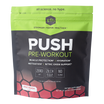
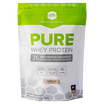
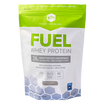
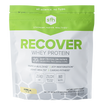
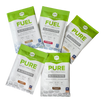
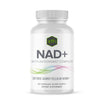
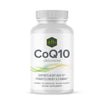
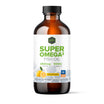
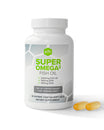
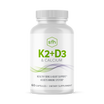
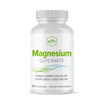
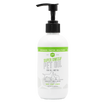
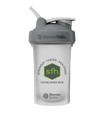



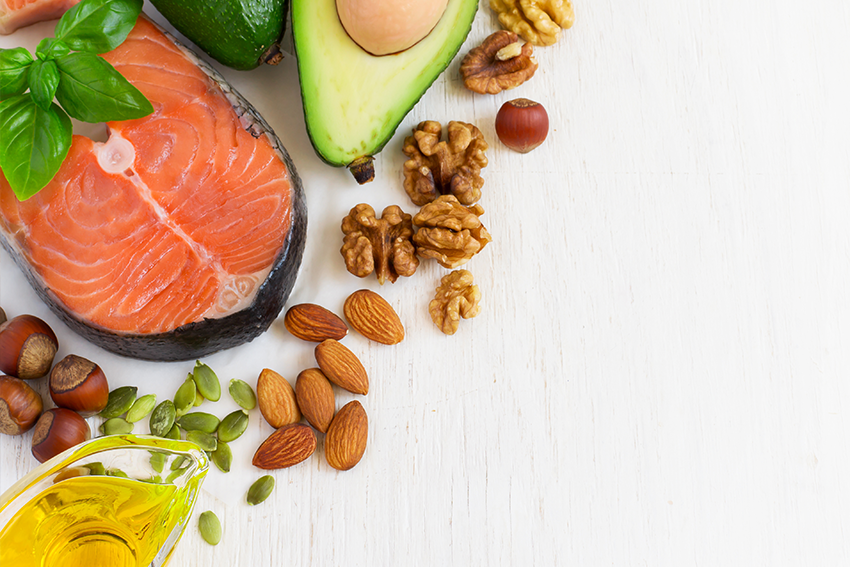


Leave a comment
This site is protected by hCaptcha and the hCaptcha Privacy Policy and Terms of Service apply.